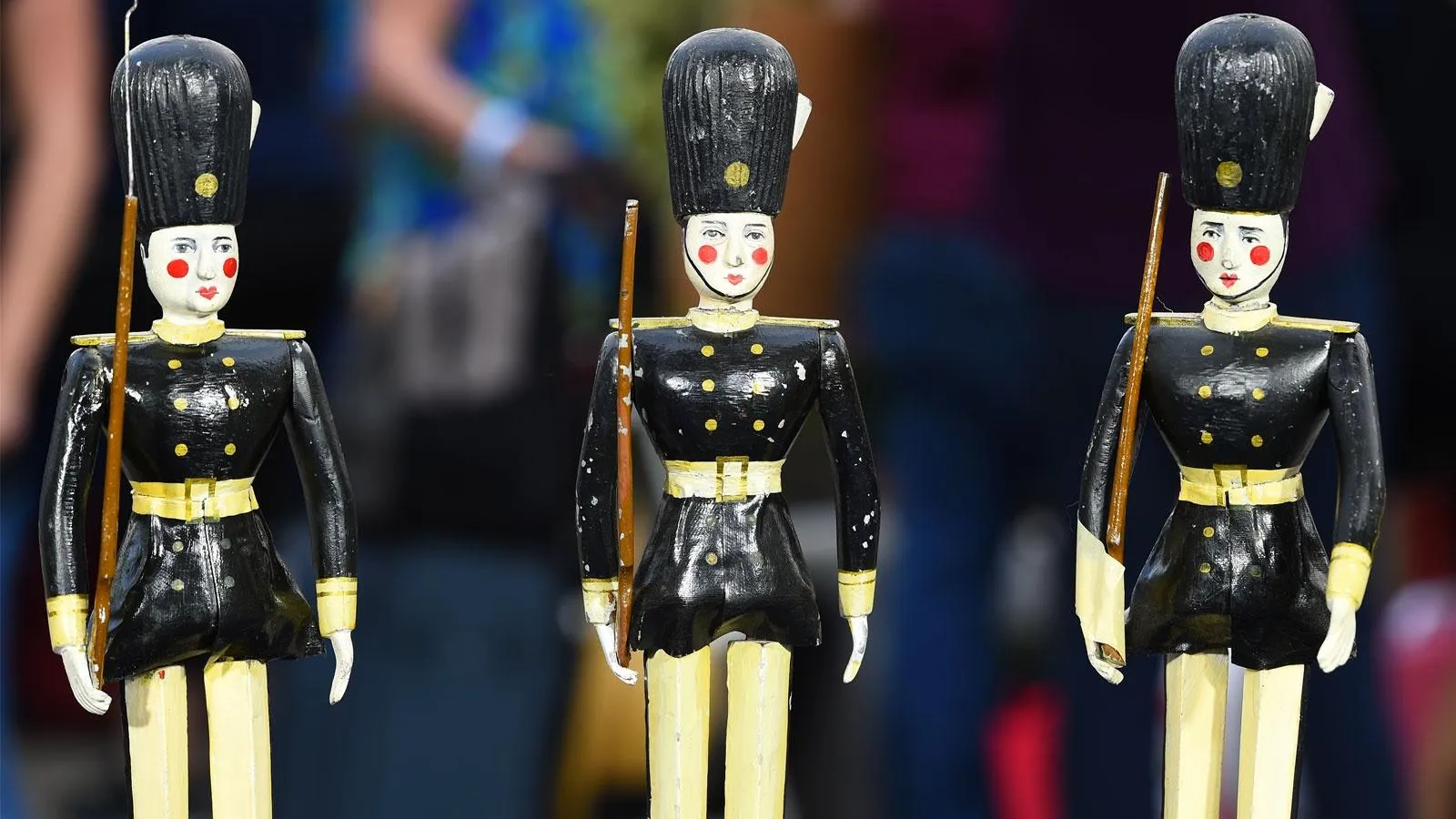Kamaka Pineapple Ukulele, ca. 1930

$1,200 Retail
Featured In

episode
Crocker Art Museum, Hour 1
Head to California’s capital city for appraisals at Crocker Art Museum. One is $80K-$125K!
Ukulele
Understanding Our Appraisals
Placeholder
ANTIQUES ROADSHOW'S Season 29 tour is underway! See where we're going

$1,200 Retail

episode
Head to California’s capital city for appraisals at Crocker Art Museum. One is $80K-$125K!
Placeholder
A weekly collection of previews, videos, articles, interviews, and more!
Funding for ANTIQUES ROADSHOW is provided by Ancestry and American Cruise Lines. Additional funding is provided by public television viewers.
ANTIQUES ROADSHOW is a trademark of the BBC and is produced for PBS by GBH under license from BBC, Worldwide. PBS is a 501(c)(3) not-for-profit organization.
A weekly collection of previews, videos, articles, interviews, and more!